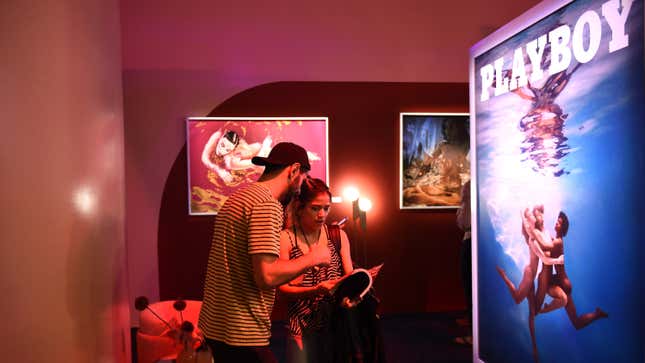Does Playboy Know Who Its Readers Are?
Latest

Playboy is apparently pivoting to slow journalism, according to a new profile in the New York Times.
The porn magazine relaunched earlier this year as an ad-free quarterly. It is also, supposedly, more woke. Everything about the new Playboy rollout, including the write-up in the Times, seems to designed to let you know that Playboy really cares about being the kind of magazine you might be proud to display on your coffee table. The new Playboy sounds well-made and beautifully designed, with a “thick-stock, matte-paper” look. It professes to have left the days of Hugh Hefner behind, in part by hiring two women and one gay man, all millennials, to run the magazine. But this may not be the radical rebirth that the magazine wants you to believe it is, partly because Playboy doesn’t seem to know who it is trying to appeal to. Rather, it’s trying to carve out a space for itself in a cultural landscape where pop feminism is now mainstream, and seems to be using every trick in the book to appeal to woke millennials.
-

-

-

-

-

-

-

-

-

-

-

-

-

-

-

-

-

-

-

-

-

-

-

-

-

-

-

-

-

-

-

-

-

-

-

-

-

-

-

-








































